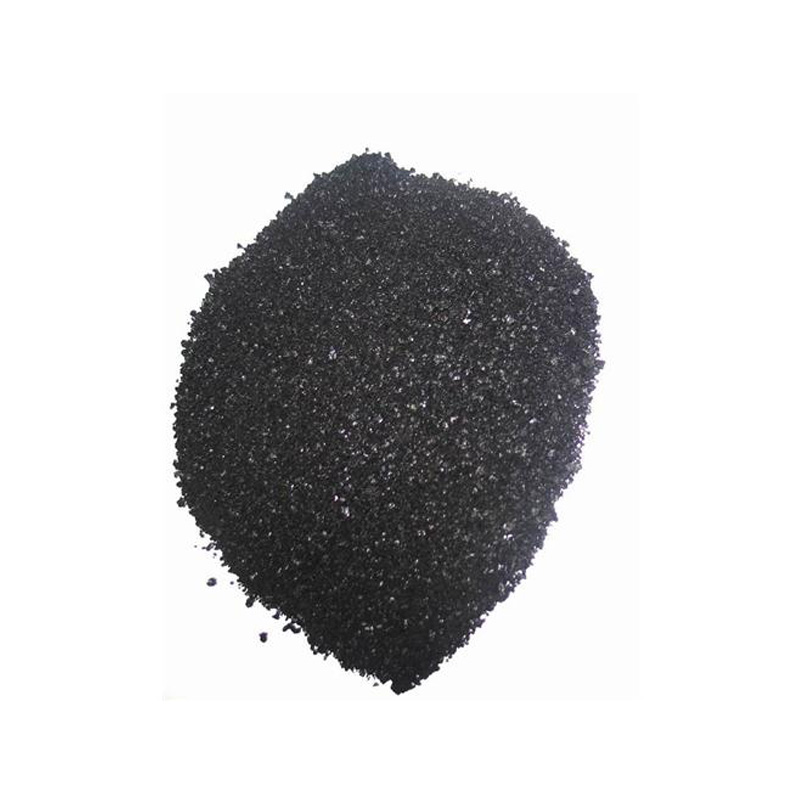Exploring the Rich Traditions and Techniques of Chinese Blue Dyeing Practices Throughout History
The Blue Dyeing Tradition in China
Throughout history, China has been a cradle of innovation, artistry, and cultural significance. One of the country's most fascinating contributions to the textile and dyeing industry is the mastery of blue dyeing, particularly through the use of indigo. This practice not only holds historical importance but also reveals the intricate relationship between nature, culture, and craftsmanship.
Indigo, which is derived from the plant Indigofera, has been utilized in China since the Han Dynasty (206 BCE - 220 CE). The deep blue pigment produced from this plant is renowned for its vibrant hue and remarkable durability. The art of dyeing cloth with indigo involves a complex process that has been passed down through generations, creating a rich tapestry of local techniques and cultural connections.
The Blue Dyeing Tradition in China
The process of blue dyeing begins with the cultivation of indigo plants. Farmers carefully tend to these plants, harvesting them at the right moment to maximize the color yield. Once harvested, the leaves are fermented in a dye vat, producing a thick dye bath. This natural dye has a unique property; it appears green when first applied but oxidizes to a rich blue as it comes into contact with air.
china dyeing blue

The dyeing process is labor-intensive and requires great skill and intuition. Artisans dip fabrics, often made of cotton or silk, into the dye bath multiple times, allowing the color to build up gradually. Each immersion deepens the color, resulting in stunning variations from light to dark blue. The final product is a testament to the time and craftsmanship involved, with each piece carrying the fingerprints of the artisan.
Beyond the technical aspects, blue dyeing in China is imbued with cultural significance. The color blue often symbolizes tranquility, peace, and harmony in Chinese culture, making indigo-dyed fabric a popular choice for various textiles, including clothing, home decor, and ceremonial items. The patterns and motifs incorporated into these fabrics often hold deeper meanings, reflecting local lore, nature, and social values.
In recent years, the global revival of interest in sustainable and organic textiles has shed new light on traditional dyeing practices. As the world becomes more conscious of the environmental impact of synthetic dyes, the natural indigo dyeing process, with its eco-friendly attributes, has gained renewed appreciation. Artisans are now weaving contemporary designs while honoring age-old techniques, bridging the gap between tradition and modernity.
Moreover, the blue dyeing tradition has found a place in contemporary fashion. Designers around the world are increasingly incorporating indigo-dyed textiles into their collections, recognizing the unique aesthetics and cultural significance behind these fabrics. This fusion of ancient craftsmanship with modern design principles has not only revived interest in this ancient art form but has also provided new opportunities for artisans to showcase their skills on a global stage.
In conclusion, blue dyeing in China represents much more than just a technique; it is a reflection of the country’s rich cultural heritage, environmental awareness, and artistic innovation. As both artisans and consumers embrace the beauty and significance of indigo, this age-old practice continues to thrive, weaving together the threads of history, culture, and artistry into a vibrant tapestry that connects generations.
-
The Timeless Art of Denim Indigo Dye
NewsJul.01,2025
-
The Rise of Sulfur Dyed Denim
NewsJul.01,2025
-
The Rich Revival of the Best Indigo Dye
NewsJul.01,2025
-
The Enduring Strength of Sulphur Black
NewsJul.01,2025
-
The Ancient Art of Chinese Indigo Dye
NewsJul.01,2025
-
Industry Power of Indigo
NewsJul.01,2025
-
Black Sulfur is Leading the Next Wave
NewsJul.01,2025

Sulphur Black
1.Name: sulphur black; Sulfur Black; Sulphur Black 1;
2.Structure formula:
3.Molecule formula: C6H4N2O5
4.CAS No.: 1326-82-5
5.HS code: 32041911
6.Product specification:Appearance:black phosphorus flakes; black liquid

Bromo Indigo; Vat Bromo-Indigo; C.I.Vat Blue 5
1.Name: Bromo indigo; Vat bromo-indigo; C.I.Vat blue 5;
2.Structure formula:
3.Molecule formula: C16H6Br4N2O2
4.CAS No.: 2475-31-2
5.HS code: 3204151000 6.Major usage and instruction: Be mainly used to dye cotton fabrics.

Indigo Blue Vat Blue
1.Name: indigo blue,vat blue 1,
2.Structure formula:
3.Molecule formula: C16H10N2O2
4.. CAS No.: 482-89-3
5.Molecule weight: 262.62
6.HS code: 3204151000
7.Major usage and instruction: Be mainly used to dye cotton fabrics.

